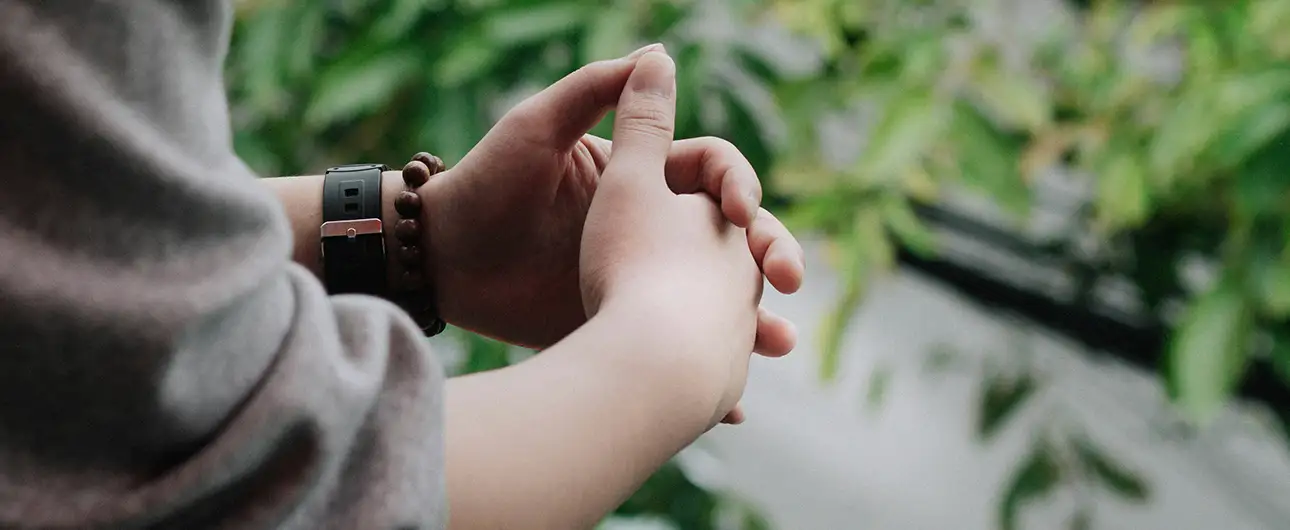Have you ever bought something you didn’t really need just because it was on sale, or noticed your spending habits were getting out of hand and affecting your finances? Perhaps you’ve also found yourself shopping often to relieve stress, only to regret it afterward.
Shopping can be an enjoyable pastime. Whether it’s clothing, cosmetics, or household items, purchasing can bring excitement and satisfaction. However, when shopping becomes excessive and uncontrollable, it can lead to serious problems in the long run.
What You Need to Know About Shopping Addiction
Shopping addiction, also known as compulsive buying disorder (CBD) or compulsive shopping, refers to an individual’s unhealthy obsession with purchasing items and spending money. A person with a shopping addiction often feels an irresistible urge to buy, which leads to significant distress and impairment in various areas of functioning, mainly social, occupational, and financial.
Compulsive shopping is considered a behavioural addiction, similar to other forms of addiction. While it doesn’t involve the consumption of alcohol and drugs, it shares the same features, such as the inability to manage urges or cravings as well as persistent preoccupations and a sense of reward from the act of shopping. People with a shopping addiction may continue their harmful buying behaviour despite its negative consequences, including financial problems, relationship issues, and emotional strain.
What Causes Shopping Addiction?
The causes of compulsive shopping addiction can be complex and diverse. Some common triggers include stress, boredom, low self-esteem, societal pressure or the desire for a higher social status, underlying mental health disorders, and imbalances in brain chemistry that affect impulse control.
The rise of online shopping has made individuals even more susceptible to developing compulsive buying behaviours. Access to shopping platforms and targeted advertising further encourage compulsive spending, making it difficult for individuals to restrain their buying addiction.
Negative Impact of Bad Shopping Habits
One of the most immediate and evident consequences of shopping addiction is financial depletion and instability. As individuals indulge in impulsive and unnecessary purchases, their finances suffer. They may accumulate debt through overspending or using credit cards and loans to fund such purchases.
While bad shopping habits are commonly linked to money-related problems, they are also associated with various emotional and psychological issues, including persistent feelings of guilt, shame, anxiety, and depression. Compulsive shopping addiction is also often accompanied by other co-occurring mental health disorders such as mood disorders, eating disorders, and substance use disorders.
Signs and Symptoms You Are Addicted to Shopping
Shopping addiction is a serious mental health problem that requires treatment and support. Although it is not included in the Diagnostic and Statistical Manual of Mental Disorders (DSM-5), a study has proposed diagnostic criteria for Compulsive Buying-Shopping Disorder (CBSD).
Below are signs of shopping addiction to watch out for:
- Constantly thinking about shopping, including past and future purchases.
- Spending too much time shopping, to the point it interferes with daily responsibilities.
- Struggling to control the urge to shop even when it’s unnecessary.
- Engaging in excessive shopping even when out of budget.
- Going shopping as a way to cope with stress.
- Hiding or lying about purchases or shopping problems to others.
- Repeatedly attempting to stop shopping but failing.
- Feeling restless or irritable when forced to limit or stop shopping.
- Continuing the cycle of shopping or increasing shopping behaviours despite adverse effects.
Recognising the difference between occasional retail therapy or typical shopping habits and a real addiction to shopping is crucial in facilitating personalised treatment plans and effectively addressing the impact of addiction.
How to Manage Compulsive Shopping
Managing compulsive shopping requires self-awareness, healthy habits, and support from others. Below are helpful strategies you can use to manage compulsive shopping behaviour:
- Find New Hobbies: Replace shopping with more productive activities such as going to the gym, walking your pet, or reading a book.
- Limit Access to Money: Use cash instead of credit cards, leave your cards at home, or let a trusted person take charge of your finances if needed.
- Create a Realistic Budget: Set clear spending limits, make a shopping list, and stick to it.
- Pause Before Buying: Avoid impulse purchases by taking a moment to reflect on your decisions. Wait before buying non-essential items.
- Use Tracking Applications: Download apps to monitor expenses and set saving goals. Always stay within your budget.
- Talk to Loved Ones: Share your concerns with family or friends to gain emotional support and accountability.
- Seek Professional Help: Contact mental health professionals for shopping addiction treatment and support.
- Be Kind to Yourself: Recovery takes time. Be patient and celebrate small victories along the way.
Shopping addiction is a real thing, and it’s critical to understand that simply restricting yourself for the day isn’t a permanent solution. Overcoming it requires consistent effort, patience, and professional intervention for long-term recovery.
Treatment for Shopping Addiction
Psychotherapy is an evidence-based treatment approach that is highly effective in addressing various mental health conditions, including shopping addiction. Below are types of therapy that can be particularly beneficial for individuals struggling with compulsive shopping:
Cognitive Behavioural Therapy
Cognitive Behavioural Therapy (CBT) is one of the most successful approaches to treating shopping addiction. It helps individuals identify and change maladaptive thoughts contributing to harmful shopping habits. By challenging negative and unrealistic beliefs, individuals learn healthier coping strategies and better ways to manage symptoms of shopping addiction.
Dialectical Behaviour Therapy
Dialectical behaviour therapy (DBT) is often integrated into comprehensive treatment programmes to help those struggling with behavioural addictions. It teaches individuals how to build confidence and flexibility in managing stressful situations related to their obsession with shopping. This approach enhances emotional regulation, communication, and stress tolerance, making individuals more prepared to face emotional challenges.
Group Therapy
Group therapy is suitable for people with shopping addictions, especially for those who need a strong support network. Group sessions allow multiple participants to share their experiences, discuss shopping addiction from different perspectives, and gain insights from others facing similar shopping problems. It also creates a sense of community and belonging, improves interpersonal skills, boosts self-esteem, and offers strong encouragement.
Recover From Shopping Addiction Today
If you or someone you care about is struggling with shopping addiction, help is available. Several effective treatments can help you heal and regain control of your life.
The Orchid in Chiang Mai, Thailand, offers a comprehensive and compassionate approach to treating many process addictions. With the support of highly skilled mental health professionals, you can receive the care and guidance you deserve. Reach out today and start your healing journey.






